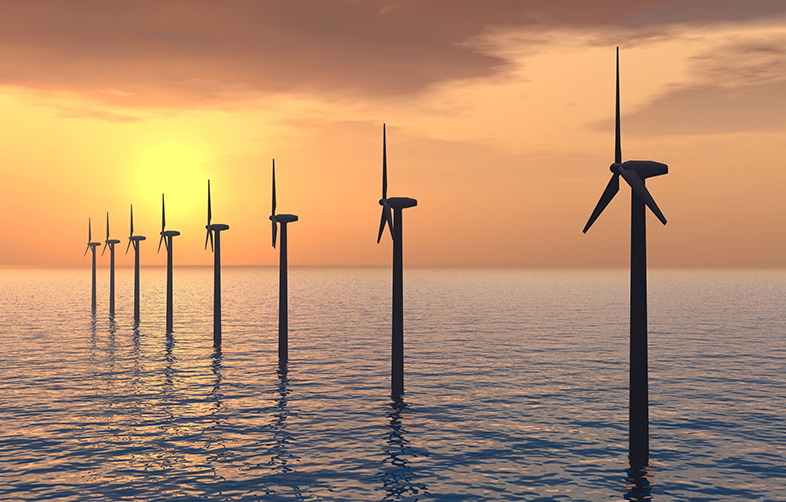5 Environmental impact of wave energy technology
Wave energy converters should be among the most environmentally benign of energy technologies for the following reasons:
- They have little potential for chemical pollution. At most, they may contain some lubricating or hydraulic oil, which will be carefully sealed from the environment.
- They have little visual impact, except where shore-mounted.
- Noise generation is likely to be low – generally lower than the noise of crashing waves
- They should present a small (though not insignificant) hazard to shipping.
- They should present no difficulties to migrating fish.
- Floating schemes are incapable of extracting more than a small fraction of the energy of storms so will not significantly influence the coastal environment. A scheme such as a new breakwater incorporating a wave energy device will provide coastal protection but may result in changes to the coastline. And concrete structures will need to be removed at the end of their operating life.
- It is estimated that near-shore wave energy schemes will release (e.g. from construction and material transport) some 11 g of CO2, 0.03 g of SO2 and 0.05 g of NOx for each kWh of electricity generated (Thorpe, 1992). This makes them very attractive in comparison to conventional UK coal, gas and nuclear plants. Thus wave energy could make a significant contribution in meeting climate change and acid rain targets.
